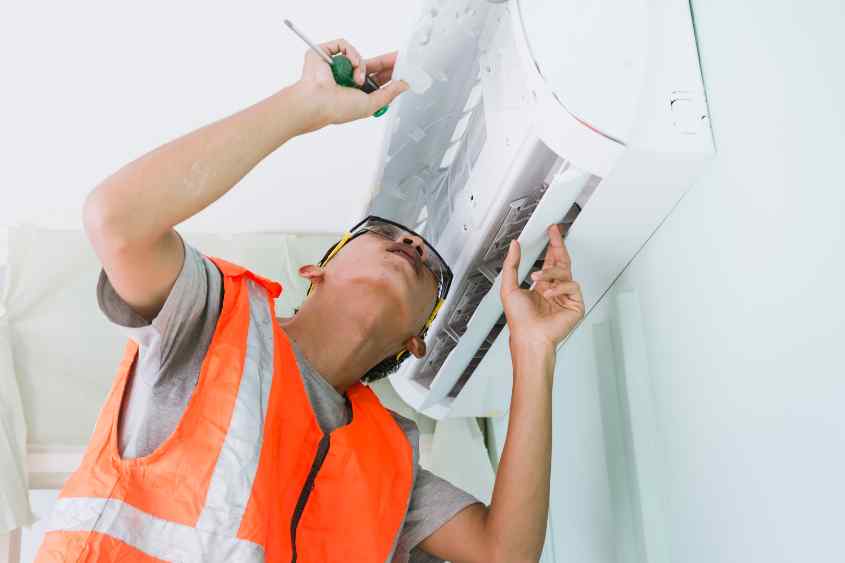
Home » Maintenance » Renovations, Repairs, or Maintenance in a Body Corporate
A personal approach
to body corporate management
That’s why we take the time to listen, tailoring our management approach to suit every person, their communication style and business preferences.
Receive an obligation
free proposal
Please contact us here if you are seeking a proposal for a building we don’t currently manage. If you are an existing BCsystems customer please email us at info@bcsystems.com.au
Living in a body corporate community means that decisions about what you do with your property don’t always rest with you alone.
Whether it’s upgrading your kitchen, fixing a leaking tap, or repainting the common stairwell, it’s important to understand whether the work counts as a renovation, repair, or maintenance. Each category is treated differently under Queensland’s body corporate legislation and your scheme’s by-laws, which set out what level of approval, if any, is required before works can begin.
Why the Distinction Matters
The difference isn’t just about wording. Understanding whether works are a repair, maintenance, or renovation determines:
- Whether you need body corporate approval before starting.
- What process must be followed under the legislation.
- In some cases, who is responsible for the work and cost, for example, the body corporate is generally responsible for maintaining and repairing common property, while lot owners are responsible for their own lots.
1. Repairs
Example: Replacing a broken roof tile, repairing a faulty lift, or fixing damaged gutters.
Responsibility: Repairs may fall to either the body corporate or the individual lot owner, depending on whether the issue is within a private lot or on common property.
2. Maintenance
Example: Regular servicing of the building’s fire equipment, painting the external walls, or cleaning the gutters.
Responsibility: The body corporate is usually responsible for common property maintenance, while lot owners must maintain their own lots.
3. Renovations
Example: Installing new flooring, updating a bathroom, or knocking down an internal wall.
Responsibility: Renovations generally require formal approval from the body corporate, especially if they affect the building’s structure, appearance, or common property.
Grey Areas
Sometimes the lines blur. For example, replacing old carpet in a lot might be seen as maintenance if it’s like-for-like, but considered a renovation if you’re upgrading to timber flooring. Similarly, repainting an external wall the same colour may be maintenance, while changing the colour could be a renovation requiring approval.
What This Means for Owners
If you’re unsure, it’s always best to:
- Check your scheme’s by-laws for specific requirements.
- to confirm boundaries between your lot and common property.
- Review your survey plan
- Seek approval before starting any works that could impact common property, the building’s appearance, or other residents.
Related content
Share This Post
Subscribe To Our Newsletter
More To Explore

Types of Parking in a Body Corporate Scheme
Parking generally falls into four main categories: exclusive use or lot parking, common property parking, visitor parking, and disabled parking. Each type comes with its own rules, rights, and responsibilities.

Updating Your Kitchen: What You Can and Can’t Do Without Body Corporate Approval
Whether you’re replacing outdated appliances or planning a more substantial update, kitchen improvements in a body corporate building come with specific rules.

